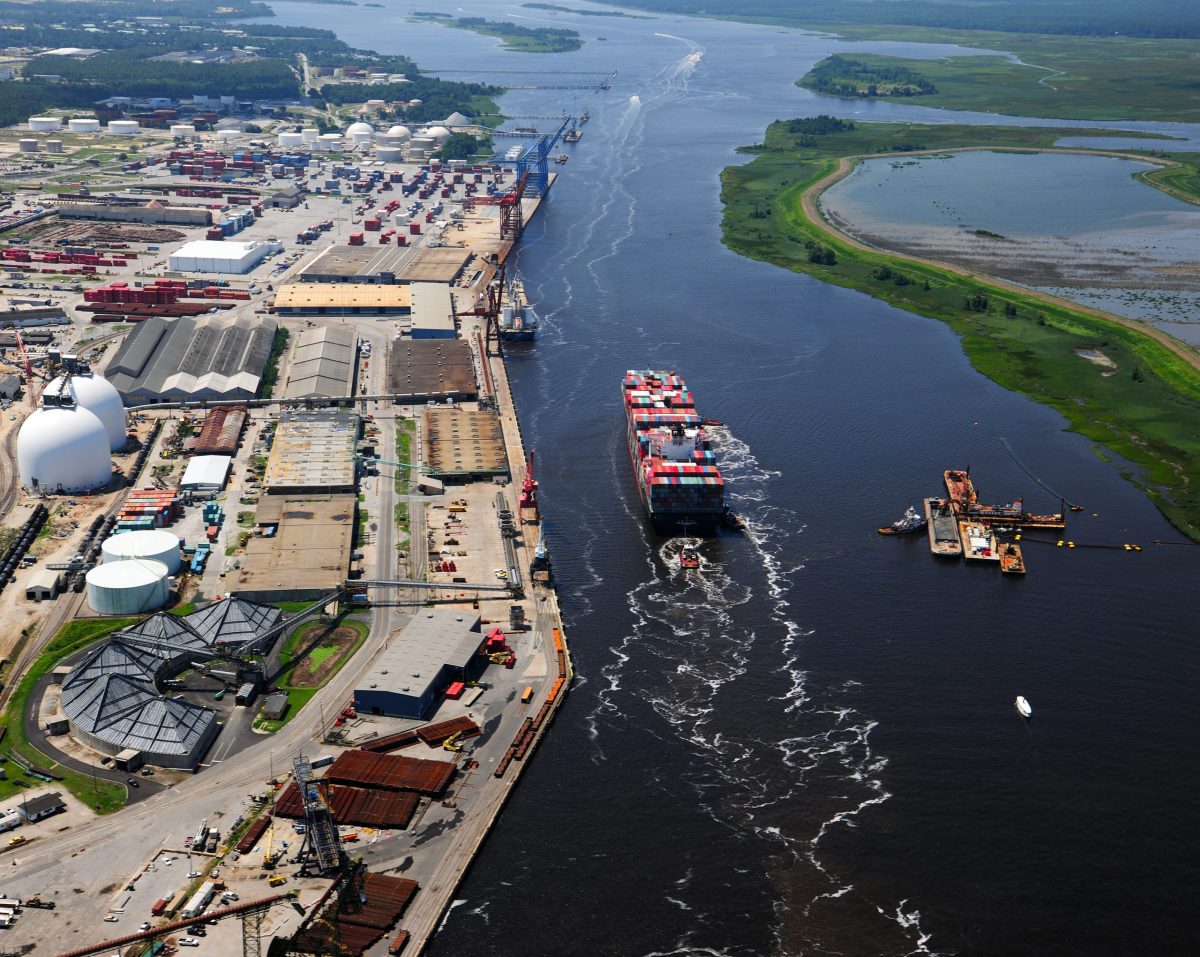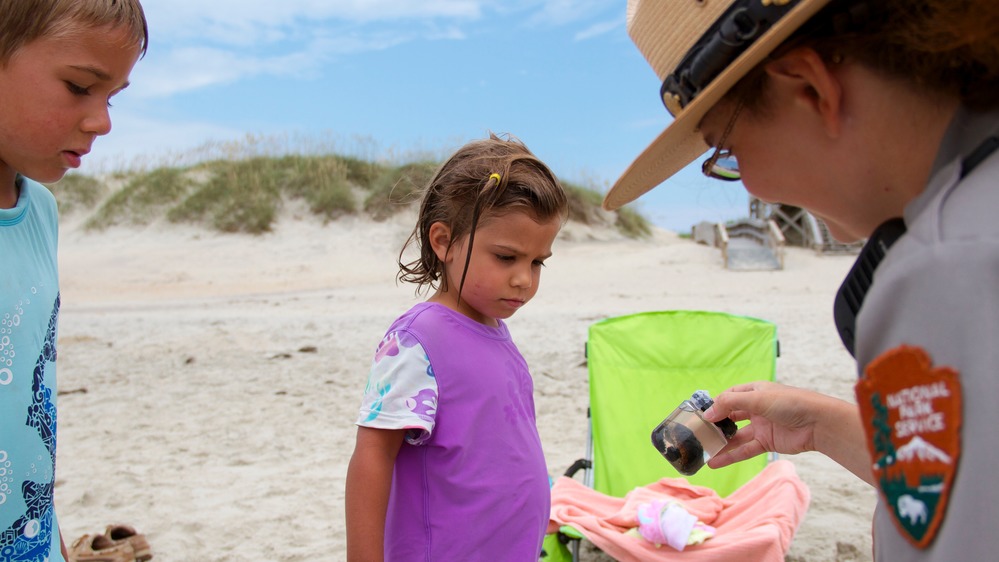
As temperatures increase so does traffic – foot, boat and vehicle – on the coast’s public lands.
The increase in traffic brings challenges for land managers trying to protect natural resources while also supporting activities like hiking, off-road vehicles, fishing and wildlife viewing, which can lead to trampled vegetation, soil erosion, water contamination, tree cutting and displacement of wildlife from their habitat, the U.S. Geological Survey points out.
Supporter Spotlight
Because June is Great Outdoors Month, the Geological Survey reminds everyone to “leave no trace” and minimize their negative impact on natural habitats. The Geological Survey, which was created in 1879, is the sole science agency for the Department of the Interior and provides science about natural hazards, ecosystems and environment, and the impacts of climate and land-use change.
“USGS scientists are studying how visitors are impacting protected natural areas and providing recommendations for land managers as they develop mitigation strategies,” said research ecologist Jeff Marion. “By using sound science, the most effective decisions can be made to preserve the nation’s parks, forests and wilderness and allow everyone to enjoy these treasured landscapes.”
Some science-based tips the Geological Survey shared include leaving plants as found, observing wildlife from a distance, not feeding wildlife, properly containing and removing trash, selecting established campsites, gathering small-diameter dead and fallen wood for fires instead of cutting down trees, and using designated hiking trails.
The recommendations by the Geological Survey mirror what managers of state and federal lands recommend.
Reid Wilson, secretary for the North Carolina Department of Natural and Cultural Resources, told Coastal Review that getting outdoors for fresh air and exercise is one of the best things anyone can do for mental and physical health.
Supporter Spotlight
“National Great Outdoors Month is an opportunity to not only celebrate and enjoy North Carolina’s amazing outdoor spaces, but to focus on how we can work together to protect them,” he said.
“The North Carolina Department of Natural and Cultural Resources is responsible for managing and protecting hundreds of thousands of acres of public lands, including state parks, trails and natural areas,” he said. “Visitors to our sites can help us to protect them by simply being mindful of ways to reduce their impact — visit at less-crowded times, stay on designated trails and campsites, don’t disturb native plants or wildlife, pack out or properly dispose of litter, and keep pets on a leash when required.”
Wilson suggested residents learn more about a new state initiative that encourages outdoor recreation, Parks and Trails for Health, or PATH, at www.ncdcr.gov/path. State parks on the coast include Jockey’s Ridge, Fort Macon, Hammocks Beach, Carolina Beach and Fort Fisher, all with distinct habitats and history.
Many of the coast’s national parks, which work to preserve both habitat and history, have beach accesses, historic buildings, campsites, trails and park-centric activities with rangers.
At Cape Lookout National Seashore in Carteret County, BG Horvat is chief of interpretation and education officer for the 56 miles of undeveloped beach spread across three to four barrier islands from Ocracoke Inlet on the northeast to Beaufort Inlet on the southeast.
The seashore, with its iconic black-and-white diamond lighthouse, is only accessible by boat. The barrier islands were once home to Coast Guardsmen, lighthouse keepers, whalers and families – the evidence of such is visible in the preserved, abandoned villages of Cape Lookout and Portsmouth. Now, wild horses, birds, reptiles and other critters are the only inhabitants of the isolated islands.
Horvat said in an interview that there are three key things visitors should keep in mind to be good stewards while visiting Cape Lookout National Seashore. “Overall, sharing is caring. Caring for the park land, caring for the outstanding resources — animals, plants, culture — and caring for one another so we can all recreate at Cape Lookout and have a beautiful, relaxing, and enjoyable time in this amazing place,” he said.
Since the island is undeveloped, Horvat said that when planning to carry in all food, drink and other supplies needed for the day, also plan how you’ll to carry off the island everything you brought with you “to keep the place clean and to keep the wildlife wild.”
He added that the wildlife does not need to be fed to survive, plants should be left undisturbed and the dynamic sands of the natural barrier islands should be allowed to shift with the wind and ocean without scattering unnecessary trash that can be caught up in these processes.
“Pay attention to the signs indicating ‘Nests’ or ‘Wildlife Zones’,” Horvat continued. “Wild babies are just starting their lives and need space.”
The wildlife babies need time to bond with their mothers to learn survival skills. “Baby shorebirds just wander and can’t fly right away. It’s easier for us to avoid them than it is to put them into a caged area,” he said. “Baby sea turtles instinctively head to the sea when they emerge, but they also just ‘go’ at that time. Baby horses, or foals, need space and time to bond with mother and for their growth as well.”
Finally, Horvat said, be courteous to fellow visitors and give each other space. “Follow the park’s rules for your desired recreational activities, which can be obtained when you plan your day visit, camping trip, or seek your beach driving permit.” Visit www.nps.com/calo for more information.

Jason Collins, chief of interpretation for Moores Creek National Battlefield in Pender County, explained that the battlefield preserves the site of the first decisive Patriot victory of the American Revolution.
The national battlefield, in addition to being the location of the Battle of Moores Creek Bridge fought Feb. 27, 1776, where reenactments of historical events take place regularly, is an 88-acre park with dry pine forests, a small, wet-pine savanna. Moores Creek is a tidally influenced “black water” creek with cypress. Visitors to the battlefield, which is part of the North Carolina Birding Trail, can see a range of birds and flowering plants, hike, picnic or fish.
“Part of the mission of the National Park Service is to ‘preserve unimpaired’ all of the lands of the National Park System. We ask all visitors to do their part in helping us to take care of this special place for this and future generations,” he said. “Visitors can help Moores Creek accomplish that mission by always staying on park trails during their visit, depositing waste in prescribed trash cans throughout the park, and keeping their four-legged friends on a leash while they are in the park.”
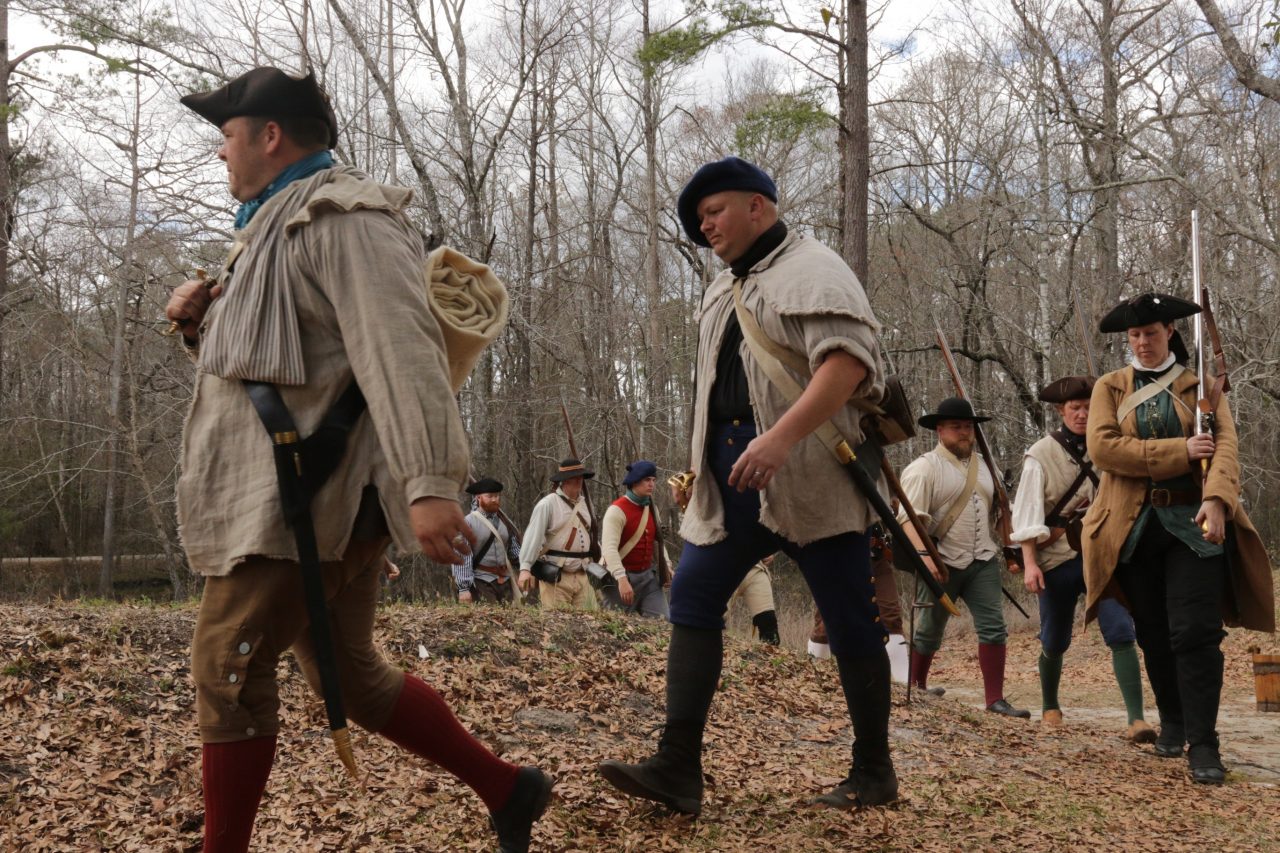
The Outer Banks is home to three national parks dedicated to preserving history and habitat: Cape Hatteras National Seashore, Fort Raleigh National Historic Site and Wright Brothers National Memorial.
Cape Hatteras National Seashore protects parts of Bodie Island, Hatteras Island and Ocracoke Island, which are all barrier islands, with beach and sound access ramps, campgrounds, nature trails and lighthouses.
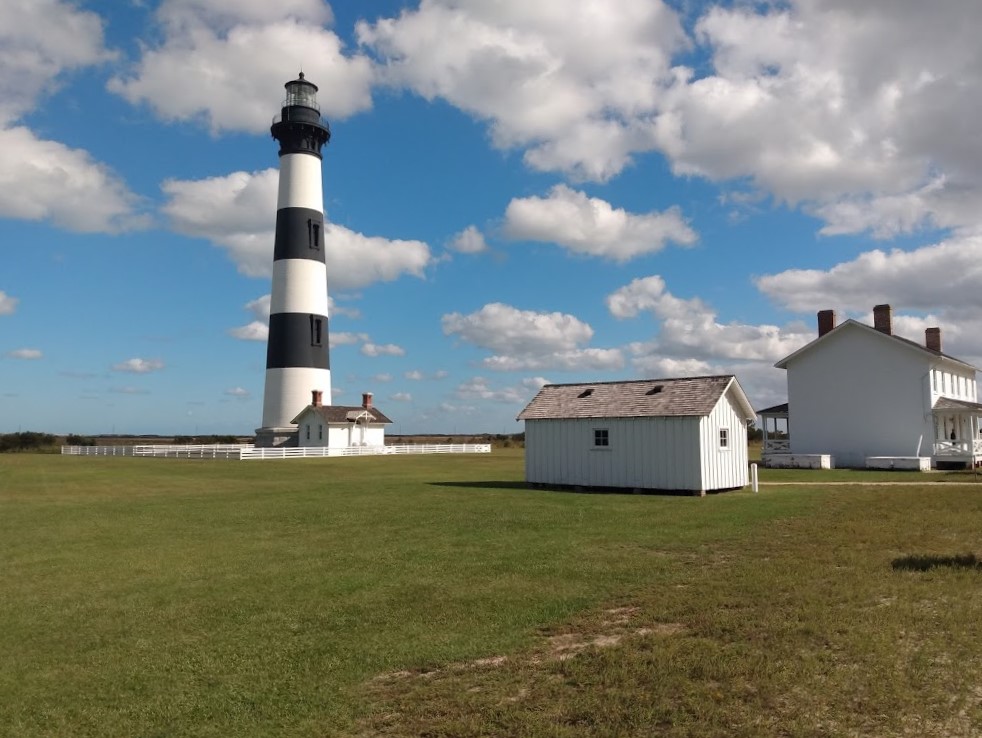
Fort Raleigh National Historic Site on Roanoke Island protects and preserves known portions of England’s first New World settlements from 1584 to 1590 and the cultural heritage of the Native Americans, European Americans and African Americans who lived there.
The Wright Brothers National Memorial is where Ohio natives Wilbur and Orville Wright accomplished the first successful airplane flights on Dec. 17, 1903.
Michael Barber, public affairs specialist for the Outer Banks sites, told Coastal Review that national parks are home to some of the nation’s most treasured and irreplaceable resources, including wildlife, scenery and historic places.
“We all play a vital role in protecting national parks. Whether it’s carrying out what we brought in, filling in holes before leaving the beach, or staying on the trail, we must be careful to respect these incredible places,” Barber said. “With help from everyone, we can enjoy these special places while preserving them for future generations.”
Barber added that visitors to national park sites on the Outer Banks are encouraged to join the #RecreateResponsibly movement to promote safety of visitors, staff and resources. He provided the following tips to recreate responsibly in national park sites on the Outer Banks:
- Know before you go. Visit www.nps.gov/caha, www.nps.gov/fora and www.nps.gov/wrbr for current park conditions. Follow the 10 Essentials, which includes sun protection, proper hydration and more.
- Know your limits. Visitors should check the daily rip current forecast before heading to the beach. The Atlantic Ocean is not like a pool.
- Keep it with you. If you brought it, take it with you.
- Leave only footprints. Remove beach equipment and fill in holes dug in the beach to help ensure the safety of visiting people and wildlife.
- Keep it inclusive. Be an active part of making our nation’s parks and public lands safe and welcoming for all identities and abilities.
In addition to North Carolina’s dozens of state and federal parks, there’s a network of 10 sites making up the North Carolina Coastal Reserve and National Estuarine Research Reserve. These sites total more than 44,000 acres of protected coastal land managed through a federal-state partnership between National Oceanic and Atmospheric Administration and the Division of Coastal Management, under the state Department of Environmental Quality.
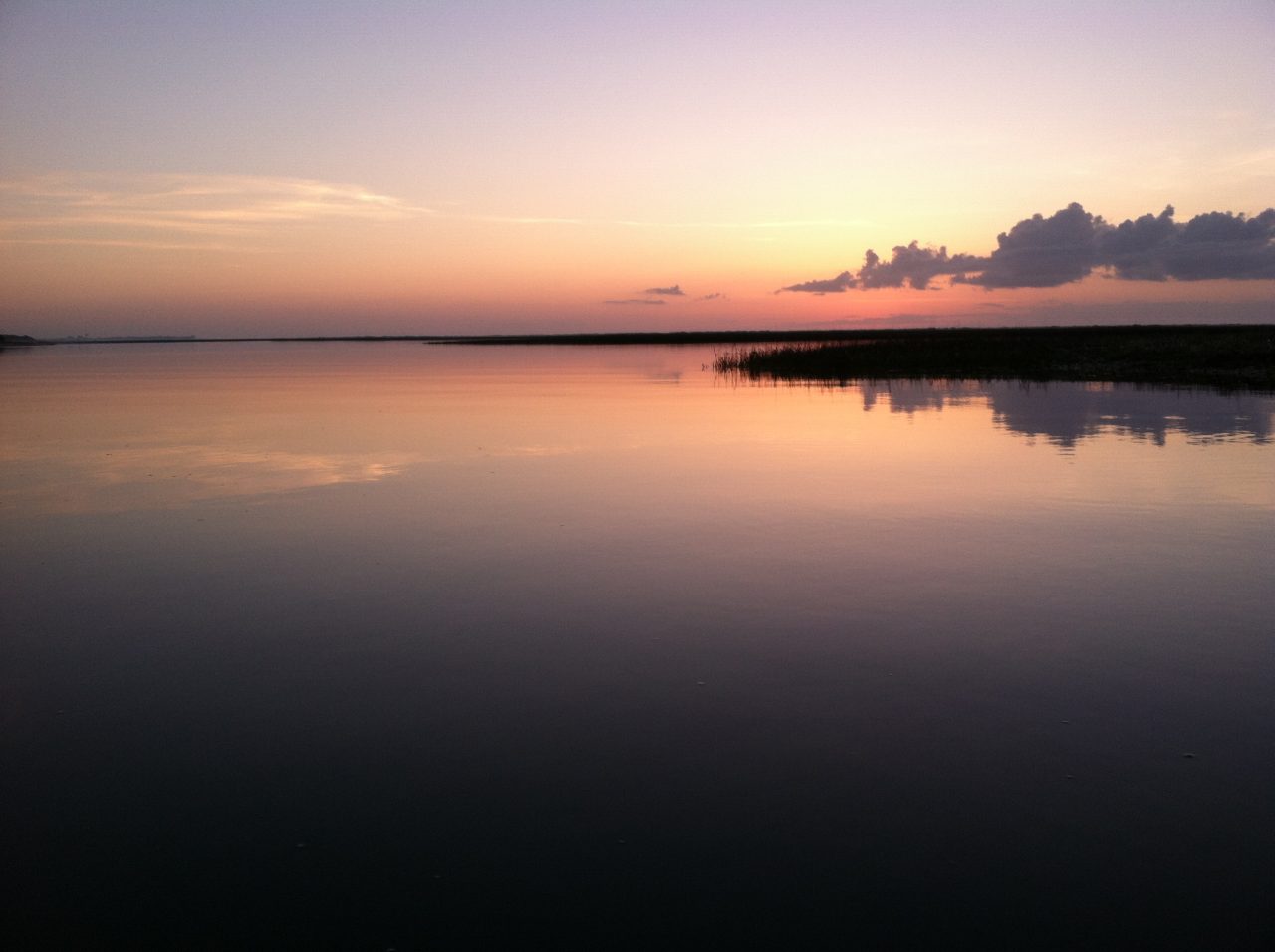
Hope Sutton is stewardship coordinator and southern sites manager. She oversees the Masonboro Island, Zeke’s Island, Bald Head Woods and Bird Island sites. Other sites in the network include Currituck Banks, Kitty Hawk Woods, Buxton Woods and Emily and Richardson Preyer Buckridge on the Outer Banks and central sites Rachel Carson and Permuda Island.
“Coastal protected areas, like Coastal Reserves sites, provide important habitat – in some cases the only appropriate habitat left – for many estuarine and coastal wildlife species, so it is extraordinarily important that human visitors minimize their impact to these special places while enjoying them,” Sutton told Coastal Review. “We can all do our part by carrying out our trash so it won’t become marine debris or attract predators, following posted guidance to protect shorebird and sea turtle nests, and learning more about coastal wildlife so we understand how our activities may affect them.”





